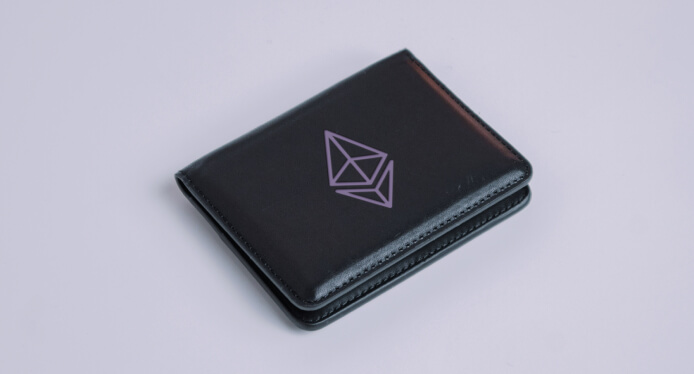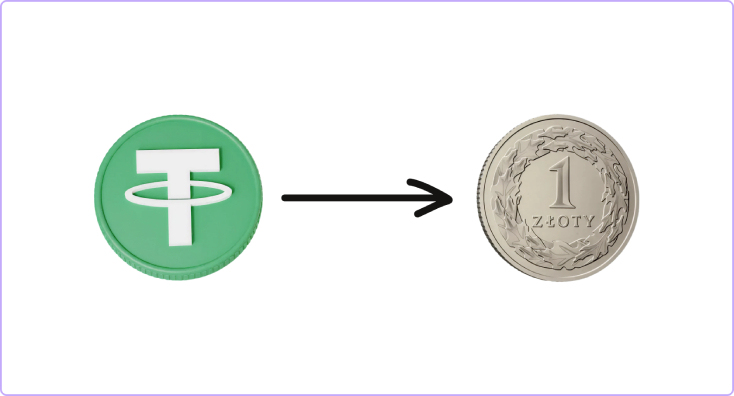
Ethereum (ETH) is one of the most popular cryptocurrencies in the world. It is distinguished by its decentralized nature and the ability to create smart contracts that allow users to automatically manage transactions without intermediaries. But to use Ethereum, you need to create a wallet where your assets will be stored. In this article, together with Obmifay, a well-known monitoring of crypto exchanges, we will consider what an Ethereum wallet is, how to create it and use it safely.
What is an Ethereum wallet?
It is an electronic tool for storing and managing ETH and other tokens that work on the basis of the Ethereum blockchain network. The wallet allows the user to send, receive and store not only cryptocurrency, but also interact with smart contracts, decentralized applications (dApps) and other digital assets. Wallets come in several forms, including hardware, software, paper, and cryptocurrency exchange wallets.
Ethereum wallet consists of a pair of keys: private and public, which provide access to the entire Ethereum ecosystem. The public key is your address that you provide to receive funds. The private key is used to sign transactions and must remain confidential as it provides access to your funds.
What is required to create an ETH wallet?
Depending on the type, additional tools may be required, such as:
- Hardware wallet. For this type, you need to purchase a physical device that stores your private keys offline.
- Software is a program or application that you can install on your phone/computer.
- On the stock exchange. Most cryptocurrency exchanges offer built-in wallets for storing Ethereum.
In the first option, you will need to write down a seed phrase – a set of words that is used to restore access in case of password loss. In the other two options, you only need a device and access to the Internet.
How to create an Ethereum (ETH) wallet?
It’s a fairly simple process that depends on the type of wallet you choose. Here is a step-by-step guide:
- The user has to decide what type of wallet he wants to use: software, hardware or exchange.
- Registration and settings. If a software wallet is selected, download the appropriate app or program (e.g. MetaMask, Trust Wallet). After downloading, you need to register and set up an account. In the case of an exchange, you need to download and install an app (eg Binance, WhiteBit) and go through basic KYC verification.
- Creating a password. If it is an exchange or software wallet, at this stage the user will be asked to create a strong password, or even better, to set up two-factor authentication. In the case of a cold device, you need to write down or remember the passphrase. It is better to make the recording in a reliable place inaccessible to others.
- The final step is to obtain a wallet address to send and receive ETH cryptocurrency.

How to send and receive Ether?
Once a user has created a wallet, they will be able to transact with Ethereum. To send Ethereum you need:
- Enter the recipient’s address. This is the public address of another user or the exchange you want to send your funds to.
- Entering the transaction amount. The user must specify how much ETH cryptocurrency he wants to send.
- Transaction confirmation. After entering the necessary data, you need to confirm the transaction and sign it with a private key. If the transfer is through an exchange, the exchange may ask to enter a code from the authenticator or from an email, depending on which security settings the user has chosen.
- Waiting for network confirmation. Once sent, the transaction record is added to the blockchain on the Ethereum network. This may take some time depending on network load.
To receive Ethereum, a user simply provides their address to another party who wants to send funds. When the transaction is completed, the user will see the new balance after the required number of confirmations in the network.
Ethereum wallet protection
Here are some tips to help ensure maximum security:
- Use hardware wallets. They store your private keys offline, making them less vulnerable to hacker attacks.
- Do not share your passphrase with anyone. The seed phrase record must be stored in a secure location or split into several parts and encrypted.
- Use 2FA, it’s an extra layer of protection.
- Update your passwords regularly. This will help reduce the risk of unauthorized access.
- Do not use open or unprotected Wi-Fi network addresses when working with cryptocurrency – for example, in a cafe, at the airport, etc.

Conclusion
Choosing the right type of ETH wallet, following security measures and understanding the basic principles of working with cryptocurrencies will allow you to effectively manage your assets. Remember that the security of your Ethereum assets depends on the correct storage of keys and seed phrases.
If you are looking for a convenient and safe way to exchange Ethereum, we recommend using the Obmifay exchanger monitoring service. It will help you quickly and safely find the best offers on the market to buy or sell ETH and other cryptocurrencies.
 Support
Support 











